 All over the world, people are awakening to the fact that we are more than bones and flesh. We sense that there is more to life than what we see. The word “consciousness” is losing its unreachable meaning, and we look for ways to go inside ourselves and find inner peace.
All over the world, people are awakening to the fact that we are more than bones and flesh. We sense that there is more to life than what we see. The word “consciousness” is losing its unreachable meaning, and we look for ways to go inside ourselves and find inner peace.
How do I connect with my higher self, you may be asking? There are different ways, I will tell you about a few here.
Practicing yoga is very good for your physical body, but also for your soul. There are different types of yoga; all work, and their benefits are widely known and studied by science. If yoga is not for you, practicing Pilates is an excellent alternative. It has helped me with my body and my soul.
Meditation is one of the most powerful tools that exists to connect us with our higher self, with divinity or God, if you want to call it that. I will teach you a very simple way to start meditating:
- Sit comfortably, preferably on a chair
- Close your eyes and start counting your exhalations every time you breathe
- Breathe normally, count to ten and start again
- If you lose count, start over
- Let thoughts pass and keep counting
- Do this for at least 10 minutes a day.
You will see that each time, your attention and concentration improve, and a sense of peace and calm comes over you.
Praying is another way to connect with the divine. Repeating a prayer every day will have the same results as a meditation. It does not have to be a formal prayer; it can be a deep conversation with the divinity. This is also a way of praying.
Mantras are words or phrases that are repeated as litanies to support meditation or to connect with the higher realms. They are used in Hinduism and Buddhism. One of the best-known mantras used by many spiritual leaders, who attribute numerous spiritual benefits to reciting it, is “Om Mani Padme Hum”.
Do you like to sing? Music is a powerful way of connecting with your soul. Of course I mean calm, joyful and restorative music. I know people who go around humming a tune all day, and coincidentally they are always optimistic people.
Activate your inner powers by learning different activation methods, like pineal gland activation and heart activation and breathing techniques. One good and simple breathing technique to start with is to sit down and inhale through your nose in a deep and slow way and exhale slowly through your mouth, relax your shoulders and expand your chest. Do this for 3 to 5 minutes.
What is most important with all of these tools is to stop in your daily life and reflect on where and what we pay our attention to. The important things are within us. We are energy beings, and it is from this knowing that we create our world. Becoming aware of it will necessarily lead us to correct mistakes and create a better world for ourselves.
Take that step ahead. The time is always now.
About the Author:

Veronica Sanchez De Darivas is Chilean-Australian, now living in the UK and a proud mother of teenage twins. A spiritual awakening teacher, bestselling author, pineal gland (third eye) activator and Certified Instructor for the Cyclopea Method, Veronica is currently the only instructor in the world teaching the Cyclopea Method in English.

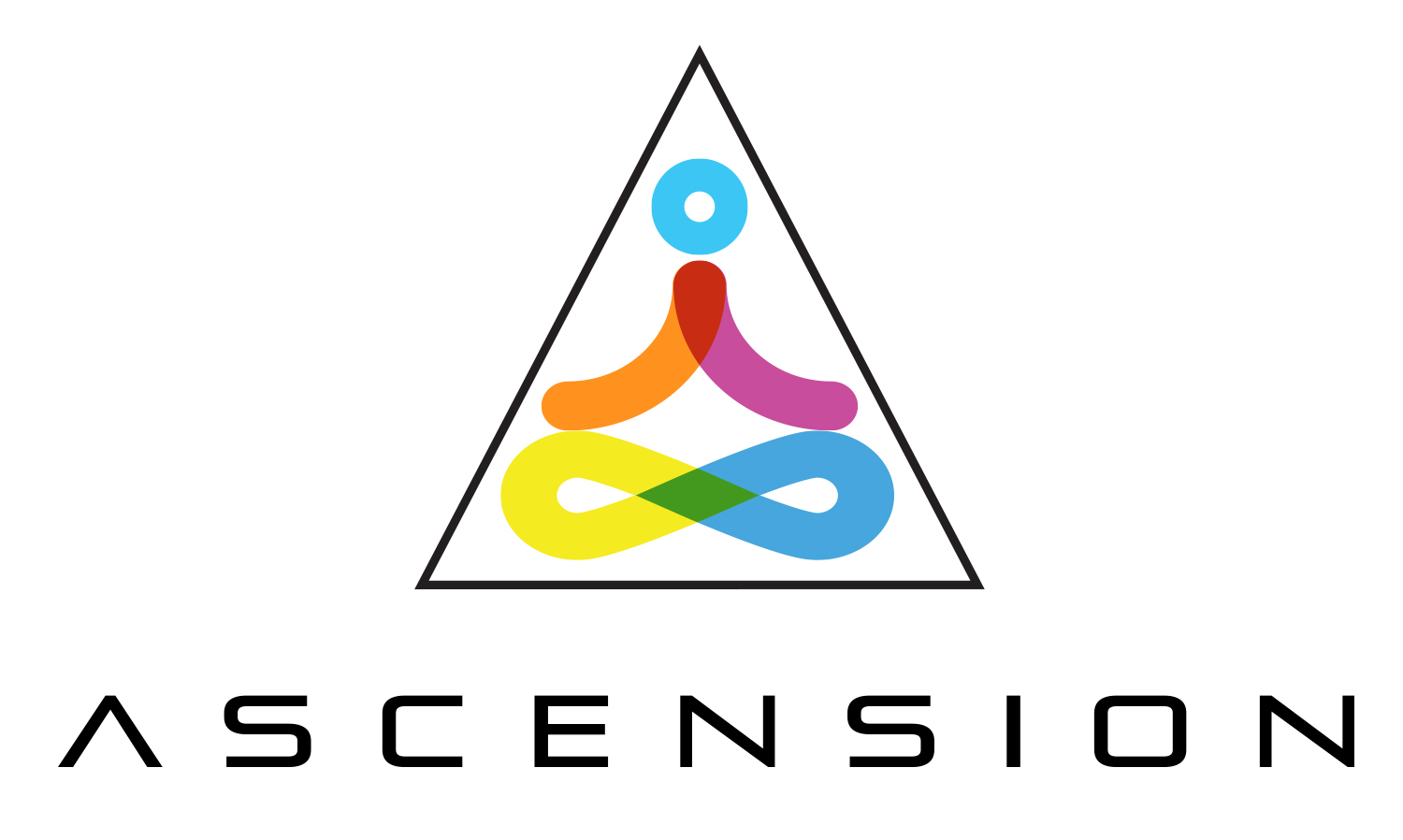
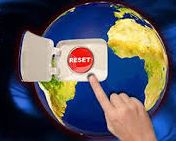 There is so much angst in the air these days that we may all be feeling more sensitive, exhausted or even more despondent than usual. So much so, that I feel a lot of folks are at the end of their tether, overwhelmed by the vast onslaught of confusing emotions and free-floating anxiety in the telluric atmosphere.
There is so much angst in the air these days that we may all be feeling more sensitive, exhausted or even more despondent than usual. So much so, that I feel a lot of folks are at the end of their tether, overwhelmed by the vast onslaught of confusing emotions and free-floating anxiety in the telluric atmosphere.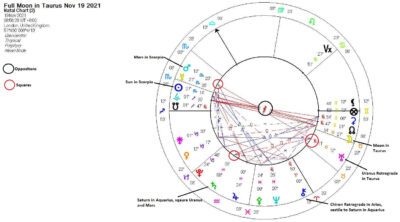 On Friday, November 19th, there will be a partial Lunar Eclipse in Scorpio-Taurus.
On Friday, November 19th, there will be a partial Lunar Eclipse in Scorpio-Taurus. The one message anger can have for us is that our Soul Core is alerting us to some person, situation or thing that violates our sense of Self, or our core values. As such, anger is then your friend, and an ally in helping you in choosing and activating healthy boundaries. In a climate such as we have now, people’s right to say “NO!” is even being taken away. To someone experiencing physical, mental or sexual abuse, we would be appalled if someone were denied the inherent right to say “NO!, that is does not feel good and I will resist!” This is when anger can give us the courage to stand up for ourselves and by saying “no” we are saying “yes” to what feels right and good for us.
The one message anger can have for us is that our Soul Core is alerting us to some person, situation or thing that violates our sense of Self, or our core values. As such, anger is then your friend, and an ally in helping you in choosing and activating healthy boundaries. In a climate such as we have now, people’s right to say “NO!” is even being taken away. To someone experiencing physical, mental or sexual abuse, we would be appalled if someone were denied the inherent right to say “NO!, that is does not feel good and I will resist!” This is when anger can give us the courage to stand up for ourselves and by saying “no” we are saying “yes” to what feels right and good for us.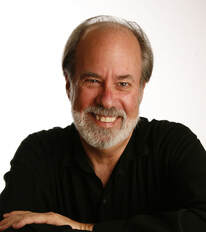
 Moldavite is a member of the tektite group, a glassy mixture of silicon dioxide, aluminum oxide and other metal oxides, with a hardness of 5.5 to 6. Its crystal system is amorphous. The color of most specimens is a deep forest green, though some pieces are pale green and others, especially those from Moravia, are greenish brown. A few rare gem grade pieces are almost an emerald green.
Moldavite is a member of the tektite group, a glassy mixture of silicon dioxide, aluminum oxide and other metal oxides, with a hardness of 5.5 to 6. Its crystal system is amorphous. The color of most specimens is a deep forest green, though some pieces are pale green and others, especially those from Moravia, are greenish brown. A few rare gem grade pieces are almost an emerald green. People who hold moldavite for the first time most often experience its energy as warmth or heat, usually felt first in one’s hand and then progressively throughout the body. In some cases, there is an opening of the heart chakra, characterized by strange (though not painful) sensations in the chest, an upwelling of emotion and a flushing of the face. This has happened often enough to have earned a name — the “moldavite flush.” Moldavite’s energies can also cause pulsations in the hand, tingling in the third eye and heart chakras, a feeling of light-headedness or dizziness, and occasionally the sense of being lifted out of one’s body. Most people feel that moldavite excites their energies and speeds their vibrations, especially for the first days or weeks, until they become acclimated to it.
People who hold moldavite for the first time most often experience its energy as warmth or heat, usually felt first in one’s hand and then progressively throughout the body. In some cases, there is an opening of the heart chakra, characterized by strange (though not painful) sensations in the chest, an upwelling of emotion and a flushing of the face. This has happened often enough to have earned a name — the “moldavite flush.” Moldavite’s energies can also cause pulsations in the hand, tingling in the third eye and heart chakras, a feeling of light-headedness or dizziness, and occasionally the sense of being lifted out of one’s body. Most people feel that moldavite excites their energies and speeds their vibrations, especially for the first days or weeks, until they become acclimated to it.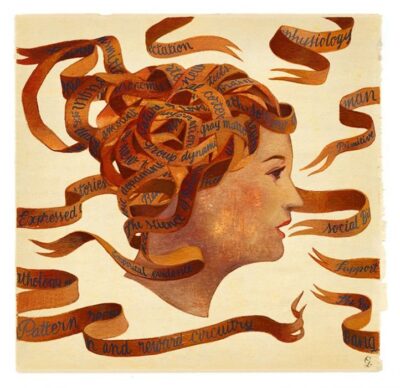 We are all storytellers; we make sense out of the world by telling stories. And science is a great source of stories. Not so, you might argue. Science is an objective collection and interpretation of data. I completely agree. At the level of the study of purely physical phenomena, science is the only reliable method for establishing the facts of the world.
We are all storytellers; we make sense out of the world by telling stories. And science is a great source of stories. Not so, you might argue. Science is an objective collection and interpretation of data. I completely agree. At the level of the study of purely physical phenomena, science is the only reliable method for establishing the facts of the world.
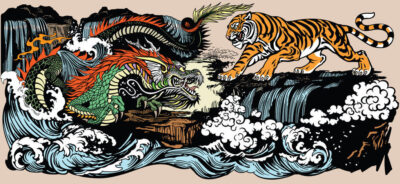
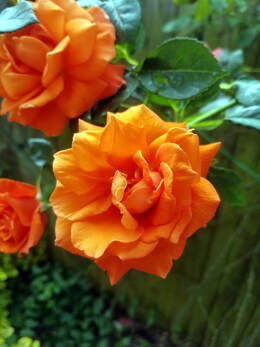 Today as I was preparing to go for my almost daily bicycle ride, I stopped to glance over at one of our two rose bushes. They are planted in a small strip of ground between our living room window and the fence, and in previous years they have not been doing so well. Poor weather is usually the culprit here in the British Isles, but forgetting the rose food is also another factor. However, during the past 3-4 weeks, they have not only been producing a prodigious number of blooms, but they’ve grown over 6 feet in height!
Today as I was preparing to go for my almost daily bicycle ride, I stopped to glance over at one of our two rose bushes. They are planted in a small strip of ground between our living room window and the fence, and in previous years they have not been doing so well. Poor weather is usually the culprit here in the British Isles, but forgetting the rose food is also another factor. However, during the past 3-4 weeks, they have not only been producing a prodigious number of blooms, but they’ve grown over 6 feet in height!
 When one of my co-workers found out about a tiny, orphaned kitten that needed a home a few months ago, he didn’t hesitate to adopt it. He says his new companion helped make the months of COVID-19 isolation at home much less stressful.
When one of my co-workers found out about a tiny, orphaned kitten that needed a home a few months ago, he didn’t hesitate to adopt it. He says his new companion helped make the months of COVID-19 isolation at home much less stressful. For this reason, punishment is never the answer. For one thing, your pet won’t connect the punishment with something that happened hours – or even a few minutes – earlier. And punishment may only exacerbate your pet’s anxiety and stress.
For this reason, punishment is never the answer. For one thing, your pet won’t connect the punishment with something that happened hours – or even a few minutes – earlier. And punishment may only exacerbate your pet’s anxiety and stress. Boredom makes separation anxiety worse. Providing an activity for your pet while you’re gone, such as a puzzle toy stuffed with treats, or simply hiding treats around the house will make your absence less stressful. Other options for dogs and cats include collars and plug-in devices that release calming pheromones.
Boredom makes separation anxiety worse. Providing an activity for your pet while you’re gone, such as a puzzle toy stuffed with treats, or simply hiding treats around the house will make your absence less stressful. Other options for dogs and cats include collars and plug-in devices that release calming pheromones.
 Wouldn’t it be wonderful to be able to use colors as a way to make your life healthier? The truth is, you can. Dr. Alexander Wunsch, who is based in Germany, is a world-class expert in the use of light as a therapeutic healing agent, and is a human treasure trove of information on a topic that very few people understand.
Wouldn’t it be wonderful to be able to use colors as a way to make your life healthier? The truth is, you can. Dr. Alexander Wunsch, who is based in Germany, is a world-class expert in the use of light as a therapeutic healing agent, and is a human treasure trove of information on a topic that very few people understand. You can implement colored light therapy either by shining light through a colored filter, or by wearing colored glasses, so that the light striking your retina is of a particular color frequency.
You can implement colored light therapy either by shining light through a colored filter, or by wearing colored glasses, so that the light striking your retina is of a particular color frequency.